Animal movement technologies have already significantly advanced our understanding of the natural world, from uncovering previously mysterious migration patterns and key movement corridors to demonstrating the impacts of anthropogenic pressures and climate change. Continuing advances in the development of technologies for collecting and transmitting bio-logging data, combined with the increased availability of high-resolution environmental data and analytical developments in movement modelling, are opening doors to novel applications. However, there are still major gaps in the space, including mobilizing movement data to translate data from tracking devices into insights for application in policy and practice. This group is a place for the animal movement community to connect and discuss our efforts to advance the field.
Resources for beginners
Learn about WILDLABS Animal Movement research projects
- MoveBON Initiative Announcement
- MoveBON Follow-Up Discussion
- Virtual Meetup Season 4: Tracking Progress (A WILDLABS research project on movement ecology)
Group curators
- @TaliaSpeaker
- | She/her
WILDLABS & World Wide Fund for Nature/ World Wildlife Fund (WWF)
I'm the WILDLABS Research Specialist at WWF-US



- 23 Resources
- 62 Discussions
- 25 Groups
- @lhughey
- | she/her
Smithsonian Conservation Biology Institute
I am an ecologist and program manager with experience leading collaborative research projects in international settings. I specialize in the application of animal tracking data to conserve migratory species on a changing planet.



- 6 Resources
- 10 Discussions
- 3 Groups
- @Rutwik
- | Mr
- 0 Resources
- 0 Discussions
- 13 Groups
- @williams
- | He/Him
I am a conservationist specializing in endangered species, particularly vultures. As the Endangered Species Conservation Coordinator/Co-Founder at Biota Conservation Hub Foundation (BiotaCHF), I have conducted extensive research/conservation of vultures and other water birds.
- 0 Resources
- 0 Discussions
- 14 Groups
- @aniyaz533
- | Niyaz
A keen willdlife biologist looking forward to work on Otters ecology in Himalayan landscape
- 0 Resources
- 0 Discussions
- 5 Groups
- @tmcgrath
- | He / Him
Geographer, Program Manager, Engineering Manager
- 0 Resources
- 1 Discussions
- 11 Groups
Snow Leopard Trust



- 0 Resources
- 44 Discussions
- 6 Groups
- 0 Resources
- 0 Discussions
- 5 Groups

- 0 Resources
- 0 Discussions
- 6 Groups
- 0 Resources
- 0 Discussions
- 5 Groups
- @jcturn3
- | He/Him
Colorado State University
I am a graduate student at Colorado State University working to develop novel acoustic technology for remotely monitoring wildlife.


- 0 Resources
- 14 Discussions
- 3 Groups
- @NinaTuttie
- | She
An avid learner interested in wildlife ecology, conservation technology and community development
- 0 Resources
- 0 Discussions
- 8 Groups
- @KiaraHaylock
- | She/Her
PhD in Animal Ecology and Behavioural Physiology. Interested in the movement, behavioural and physiological responses of animals to environmental variability.
- 0 Resources
- 0 Discussions
- 13 Groups
African Parks
- 0 Resources
- 0 Discussions
- 9 Groups
The Centre for Statistics in Ecology, Environment and Conservation, a research group within the Department of Statistical Sciences at the University of Cape Town, is now hiring for a funded postdoc or PhD postion with...
1 November 2021
In her contribution to the Technical Difficulties Editorial Series, Gayle Pedersen discusses how the failure of underlying infrastructure can complicate conservation technology work, and how the culture of avoiding...
19 October 2021
In this article, you will get a glimpse of how Arribada Initiative recognizes the advantages of incorporating SnapperGPS receivers into existing tag designs to acquire fast GPS fixes within the marine environment....
15 October 2021
In Alina Peter's and Kristen Snyder's contribution to the Technical Difficulties Editorial Series, you'll receive a practical checklist of factors and questions to consider at various stages of your conservation...
13 October 2021
In her article for the Technical Failures Editorial Series, WILDLABS' Ellie Warren discusses how the loss of one tagged sea turtle represents the wider challenges faced by conservation efforts, and how the collaborative...
8 October 2021
The International Journal of Computer Vision is calling for papers on Computer Vision Approach for Animal Tracking and Modeling. Visit the Springer website for further details and submission guidelines.
20 September 2021
Internet of Elephants is excited to introduce a free data visualisation tool to help researchers and conservation storytellers show animal movement data easily and effectively! Read about the new tool below, and try it...
18 August 2021
In this article, WWF's Whitney Kent discusses how radio collaring carnivores like lions and African wild dogs helps prevent human-wildlife conflict by acting as warning devices for communities and monitoring species'...
28 April 2021
In this interview with Dr. Corinne Kendall of the North Carolina Zoo, Dr. Kendall shares how telemetry studies can help prevent vulture poisoning in East Africa, the conservation technology she uses in her work, and...
18 March 2021
National Geographic is offering funding up to up to $50,000 for conservationists conducting research on how the pandemic has impacted wildlife and conservation work. If you are interested in researching aspects of the...
10 March 2021
As we launch our new Sustainable Fishing Challenges group in the WILDLABS community, we are excited to welcome Daniel Steadman, the group manager, to give us an overview of three major areas in which #tech4wildlife...
4 December 2020
Introducing Movebank's Arctic Animal Movement Archive (AAMA), a collection of studies containing animal movement and other animal-borne sensor data from the Arctic and Subarctic. Through this collection of 214 studies ...
17 November 2020
July 2025
event
August 2025
event
October 2025
event
November 2025
November 2023
event
91 Products
Recently updated products
| Description | Activity | Replies | Groups | Updated |
|---|---|---|---|---|
| I'm co-developing SnapperGPS as part of my PhD. We're currently working on getting a release on GroupGets. Everything is moving a little slowly because of the chip... |
+8
|
Animal Movement | 3 years 3 months ago | |
| Hi everyone, I am new to animal movement tracking technologies. I have only dealt with telemetry data collected by others (never... |
|
Animal Movement | 3 years 3 months ago | |
| Hi Wildlabbers! We're very excited for our final episode of Tech Tutors Season 3 tomorrow 4th November at 12 PM... |
|
Animal Movement | 3 years 6 months ago | |
| Hi Everyone, I realize I'm late to the game here, but I came across this forum and I think I can help you in a way. I own... |
|
Animal Movement | 3 years 8 months ago | |
| Hi Biologging People, I am new to WILDLABS and excited to be here! I am researching the behavioural ecology of koalas in South... |
|
Animal Movement | 3 years 9 months ago | |
| This paper mentions some, and is just a great review on localization more broadly! I'd look into gibbonR and warbleR Acoustic localization of terrestrial wildlife: Current... |
|
Animal Movement | 3 years 10 months ago | |
| @skatewing Shoot me an email, and we can discuss (tgray@woodsholegroup.com). |
+6
|
Animal Movement | 3 years 11 months ago | |
| I am wondering if anyone has ideas for river otter survival monitoring (no movement data needed) outside of implanted VHF transmitters.... |
|
Animal Movement | 3 years 11 months ago | |
| There are lots of data in Movebank that are not publically availalbe, all the grey dots in the search map. You can contact each data owner and arrange for access to the data... |
|
Animal Movement | 4 years 1 month ago | |
| Hi Matthew-- thanks. Very good suggestions. I am already going w the option of having the metal plate underneath. The tags cost a lot and I would rather go w the option that... |
|
Animal Movement | 4 years 2 months ago | |
| Hi Lars, I'm currently heat shrinking transmitters to make a simple pouch to hold a transmitter to an ear tag. Because I want to prevent damage to the ear as much as... |
|
Animal Movement | 4 years 2 months ago | |
| Hi Kyler, That's great! Thank you for the lead - I'll get in touch with them asap. Cheers, and all the best, Kas |
|
Animal Movement | 4 years 2 months ago |
Era of the Condor: A Species' Future in Recovery (Part 3)
2 July 2020 12:00am
Looking for a long term real time tracking technology for monitoring big game in South Africa
20 January 2016 9:42am
29 June 2020 11:39am
Dear Sophie,
I would like to comment directly on your post regarding your assessment and report about rhino tracking devices in wildlife conservation. I believe it is good to share thoughts and ideas on the WILDLabs forum about these topics, but people should be very careful when they are making bold statement with regards to performance of technology. Some elements in your reporting are highly speculative and lack detailed input from the actual users in the conservation field.
We find this quite concerning as you are not only misinforming people on the WILDlabs-forum, but you might also be providing your own administration (Department for Environment, Food & Rural Affairs)with incorrect information.
With regards to the LoRaWAN based rhino trackers we like to set the following straight and we also raise some questions.
General
- Did you have contact and feedback from people that actually have a personal experience in LoRaWAN based tracking devices for rhino in the field? As far as I know, the people you report about, do not have this experience. I recommend you to look for people in the field that do have this experience, such as park managers of African Parks and Peace Parks.
2.1) Satellite enabled trackers.
- “Africa Wildlife Tracking are the most mature and reliable tracking solution”; How do you know this and what is your source? What numbers did you use to come to this conclusion?
- Why do you name “Argos” CLS as a rhino tracking solution?
- Telerax: “Cited by the community as reliable”; What are your sources here?
- Ear tracking: Who is reporting that ear tag tracking is not an option? This is not a given, so please state your sources so we can verify this.
I realize your attempt is a light-weight update for DEFRA and not an in-depth investigative article, but this level of light-weight leans a bit more to very light-weight if the sources are not named. Or if the sources have vested interests. It’s unlikely that you’ll go into detail with regards to the sources but I find the stated information very superficial to be honest.
2.2) IoT Fixed Infrastructure Tags;
- About your general comment on the “IoT Fixed Infrastructure Tags” – Why do you state that the costs for the infrastructure are “costing several £100,000s” – again, who/what is your source and how is this calculated?
- “Leading solutions in this IoT space seem to be SMART Parks and Sigfox” – again, who is your source and what makes you think Smart Parks is leading? The same goes for Sigfox. For Sigfox I even think you need to identify the solution and not the technology, since Sigfox is “only” a network technology compared to LoRaWAN and is not a end-to-end solution.
- Why are you including links to the websites of the satellite solutions and not to the Smart Parks solutions, even when this is as simple as www.smartparks.org.
- Why are you reporting on the failure of Smart Parks rhino tags “however, there have been recent challenges with their newly miniaturized version, where 5 out of 6 units failed after a short time in Malawi. This could be an anomaly, as their previous versions worked well and we welcome further updates.”?; Who is your source and what did you do to verify this?
- Sigfox: “We have heard some dissatisfaction with customer service and the capability to integrate data with other software and hardware solutions.” Again, who is your source and what makes you say this? Also, why are you speaking of “We”, as I understand this was a personal blogpost?
- Cisco: What makes you say that Cisco “provided IoT trackers” and what is your source?
3) What are the emerging solutions?
- Can you explain why CubeSats are the way to make rhino tracking devices smaller, cheaper and more secure? As you indicate: “Where there is great potential to bring smaller, cheaper, secure satellite tracking to solve these problems”.
- What makes you conclude like this: “Whoever provides cheap tags, small transmitters, multiple gateways with super low costs data will win for wildlife conservation in this exciting new space.” What are your sources and what is the reasoning behind this? (deze zou ik niet doen)
I think a lot of your statements are debatable and not very well substantiated. I’m willing to go as far as to say that they are more damaging than providing solid information to the Wildlab-community and abroad. The community working on trying to find and build better solutions needs reliable information as this is already a very complex problem. Therefore, I would like to suggest that you improve the blogpost where possible with thorough and reliable information. I’m happy to assist you in finding the right information.
To get you started, I would like to offer you some key facts about what Smart Parks has been doing to make a rhino tracking solution:
- In 2017 we have successfully deployed a LoRaWAN rhino horn implant into an Eastern Black rhino in Mkomazi National Park in Tanzania, and the device has giving location update for 2 years without any major issues. The sensor even continued working after it had grown out of the horn. This is a clear proof that a LoRaWAN Geoloc based solutions is perfectly fine for rhino tracking in situations where a LoRaWAN Geoloc network is possible. We have replicated these result in other parks in Africa. Please check our website and other sources for proof: https://www.smartparks.org/news/first-black-rhinos-protected-sensor-implants-horns/
- In 2019 we have successfully deployed a LoRaWAN rhino horn implant into Eastern Black rhino in Liwonde National Park in Malawi. This new sensor does not use LoRaWAN Geoloc to update it’s position, but relies on GNSS (GPS). This allows for rhino tracking based on LoRaWAN in networks and areas that can not or do not want to use the Geoloc function. GNSS can offer higher location accuracy then the Geoloc method. Yes, we have had some issues while deploying prototypes into the field, but this is normal for these type of solutions. We now have a stable sensor in production that is working properly in multiple locations in Africa. Please also look around for proof and maybe start here: https://www.smartparks.org/news/holy-grail-in-rhino-monitoring-deployed-in-liwonde-national-park/
- An important note I would like to add and something I believe is missing from your comments in general, is fact that we have started the OpenCollar Initiative, under which we have made the rhino LoRaWAN + GPS tracker completely open-source. https://opencollar.io/
- Also, you are talking about rhino tracking solutions, however you only discuss the actual tracking devices in your blog post. Please also look at the Application level (what happens to the data) of these solutions, since there are also very important in the total solution.
I’m also happy to put you in touch with park managers who are actually working with the sensors on a day-to-day basis.
29 June 2020 10:19pm
Hi Tim and also Thomas
Thanks for your comments. It is fantastic that there have been so many replies to this thread in response to the request for thoughts, clarifications and questions on this topic.
I’m available on email. You can reach me directly via WILDLABS messages.
Soph
Tech4Wildlife News: SMART Mobile
23 June 2020 12:00am
Announcing the 2020 CLP Team Award Winners
8 June 2020 12:00am
Innovator Interview: Hack the Poacher
4 June 2020 12:00am
The Perfect Paw Print: Collecting Data with FIT
3 June 2020 12:00am
Webinar: The Next Generation Of Animal Telemetry
 BOEM
BOEM
1 June 2020 12:00am
WILDLABS Tech Tutors: Season One
19 May 2020 12:00am
Webinar: Non-invasive Conservation Genetics
 Imogene Cancellare
Imogene Cancellare
13 May 2020 12:00am
Get To Know FIT
6 May 2020 12:00am
Era of the Condor: A Species' Future in Recovery
5 May 2020 12:00am
Talking Tracking with Xerius
23 April 2020 12:00am
WILDLABS Tech Hub: WWF PandaSat
13 April 2020 12:00am
WILDLABS Community Call Recording: Rainforest X-PRIZE
30 March 2020 12:00am
Online Workshop: Conservation Technology
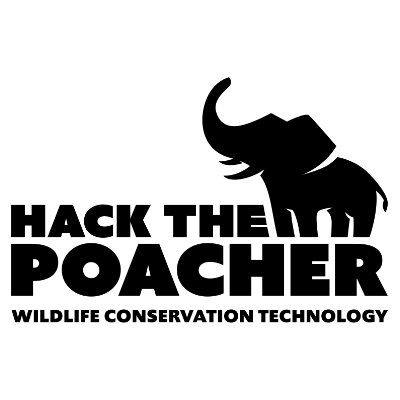 Hack the Poacher
Hack the Poacher
23 March 2020 12:00am
Enter the Zooniverse: Try Citizen Science for Yourself!
18 March 2020 12:00am
OpenCollar Update 1
6 March 2019 12:05pm
18 April 2019 3:51pm
Hi Jackson,
Attached a few images showing how we attach the koala drop-off to collar material. The first shows the bare nichrome-acrylic plate with the nylon line in-situ. There's also a picture of an actual koala drop-off with the line exiting the plate. Lastly, the triple overhand knots (repeated so the knots are doubled over and secure) tying the line through the collar material. Normally, we hide the nylon by splicing the collar material in half, tying the knots, and then gluing the collar material back together so no nylon is exposed.
Does all that make sense? Any questions just let me know.
Cheers,
Rob
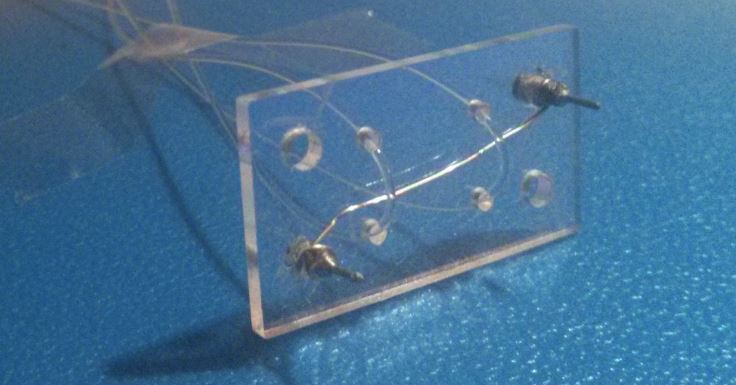
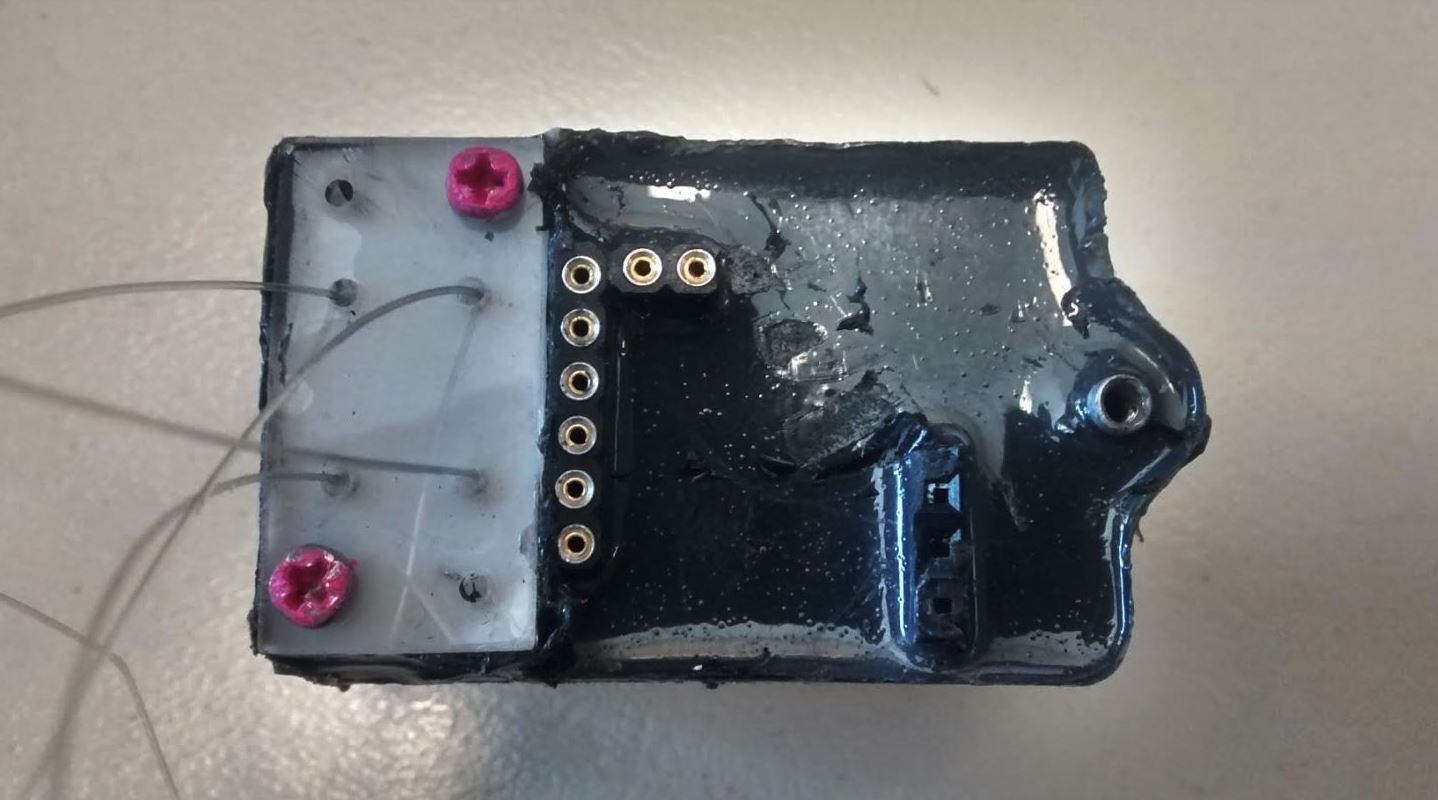
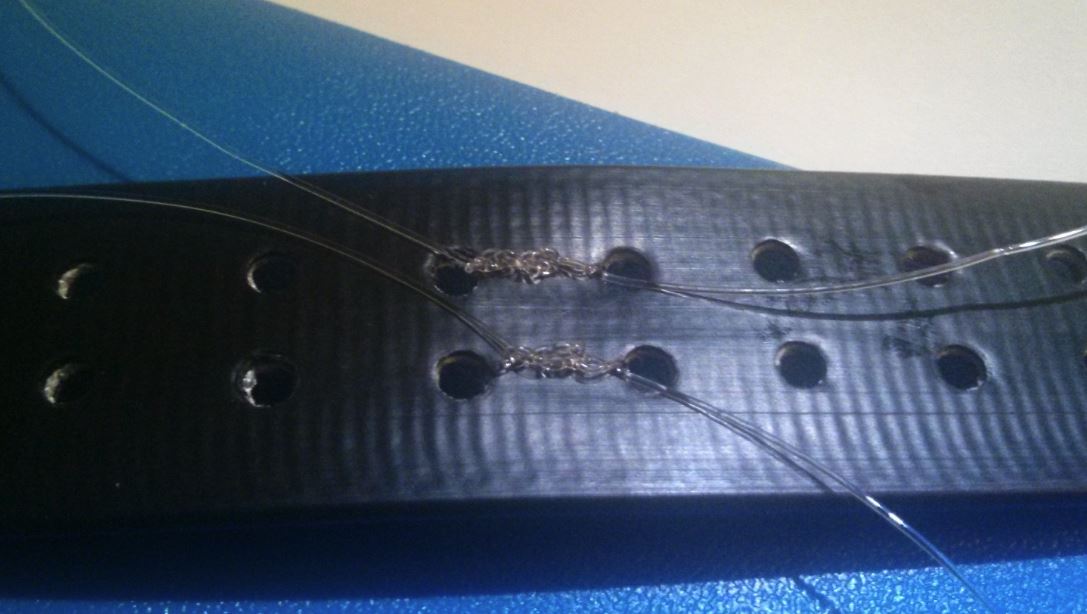
19 April 2019 7:55am
also, we noticed our BoM was missing from GitHub, so we've added it now: https://github.com/Wild-Spy/OpenDrop/blob/master/Documentation/OpenDrop_BOM.xls
5 March 2020 4:44am
the drop off paper
https://besjournals.onlinelibrary.wiley.com/doi/10.1111/2041-210X.13231
#Tech4Wildlife 2020 Photo Challenge In Review
4 March 2020 12:00am
Accepting Applications: ArcGIS Solutions for Protected Area Management
4 March 2020 12:00am
Call for Nominations: Tusk Conservation Awards
3 March 2020 12:00am
Open-Source Argos Developer's Kit / Tag
2 March 2020 10:27pm
Hawai'i Conservation Conference
 Hawaiʻi Conservation Alliance
Hawaiʻi Conservation Alliance
28 February 2020 12:00am
Animove Summer School 2020
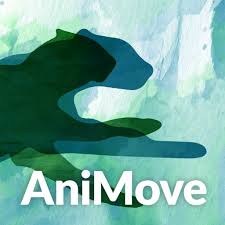 AniMove
AniMove
13 February 2020 12:00am
Curious about radio-tracking with drones?
29 January 2020 3:44am
31 January 2020 8:26am
Hello Laura,
Thanks for the detailed response. It sounds like a very interesting use of drone technology.
Many thanks,
Mark
12 February 2020 1:50pm
Hi,
Does your system work with normal VHF tags or do you make a custom tag for use in your system?
Does the drone have to be piloted manually in a particular path or pattern in order to acquire the tags?
Or can your receiver be placed on say a fixed-wing high speed drone programmed to fly a lawn mower pattern to cover the maximum amount of area?
I'm also curious how you are doing the direction finding, since there are no visible antennas, but I understand if you'd rather not talk about this (c:
Interesting work, thanks.
-harold
12 February 2020 9:33pm
Thanks for asking Harold,
We work with any off the shelf VHF tag, you can use tags already in the field or you can order tags from any of the manufactureres, just have to be VHF of in the case of satelite or GPS tags have a VHF componment.
The drone is piloted manually, you can see the tag locations on the base station in real time you can reposition the drone to avoid terrain challanges to get the best results.
We cover a lot of ground, I can do the math, flight patterns really come down to the application you are looking at animal being tracked ect, happy to discuss specifics further at you convenience.
We have videos of our work on out youtube channel
https://www.youtube.com/channel/UCj1pcEJHkEPCy94AlT0U7HQ
The oringinal research papers are on researchgate
https://www.researchgate.net/profile/Debbie_Saunders
You can book a virtual demo with me, I'd love to hear about your work and ideas. It would be great to give you a run through of the solution, flight patterns and user interface.
https://www.wildlifedrones.net/book-demo/
Robert
Wildlifedrones
robert@wildlifedrones.net
+61 491 625 411
Number of radio collared animals?
9 December 2019 7:27pm
4 January 2020 10:58pm
There are over 7000 tracked animals via Argos alone (monthly). More info here - http://www.argos-system.org/applications-argos/wildlife-monitoring/
5 January 2020 10:49am
Thanks Alasdair
So there are low double figure thousands just with the various services of satellite collars. Then surely high tens of thousands, maybe low hundreds of thousands with terrestrial GPS and conventional VHF.
Radio telemetry
4 June 2019 4:39pm
5 June 2019 11:33am
Hi Helen,
Two suggestions coming through over twitter:
A good start is to reduce your reciever's gain as far as possible.
Hopefully you can snuff out the antenna's rear lobe that way. Headphones really help there too. https://t.co/9Eg4gpHVly
— Faunatech Austbat (@FtechAustbat) June 5, 2019
sometimes it helps to put your body behind the antenna at about waist height. Does that make sense?
— Rob Appleby (@wildspyrob) June 4, 2019
Steph
18 December 2019 4:00am
Hi Helen, what tags are you using? Position on the animal and what species?
24 December 2019 5:07pm
HI there,
Biotrack combined Avian GPS SOB tag & PicoPip AG317 Tag on the back of Hawfinch.
H
WILDLABS Virtual Meetup Recording: Drones
9 November 2019 12:00am
Studying pangolin ecology
16 April 2019 3:59pm
21 October 2019 3:26pm
Hi all, many thanks for the information.
21 October 2019 11:42pm
Hi all,
Great to see this post continue to mature. Some good news for you all. Arribada has finished developing a lower cost open source Argos ARTIC R2 transmitter design with our development partners Icoteq for a National Geographic project. All thanks to @ThomasGray_Argos who originally gifted us 3 R2 development chips to work on an open reference design.
It's compatible with the Arribada Horizon GPS tracker, or cellular module if both are required in one device / unit. We'll look to integrate one of the LoRa radios from the Open Collar initiative too to create a comprehensive open solution that can be tweaked to form a viable pangolin tracker based on the attachment and epoxy designs above (thanks for the paper @Robin+Poches , great research).
However, first up is Bangladesh for some open ocean plastics tracking.
More info here for now - https://www.icoteq.com/icoteqs-argos-satellite-transceiver-now-certified-by-cls/
Cheers,
Alasdair
22 October 2019 3:40pm
Fantastic news, Alasdair. Indeed timely. I was wondering what the finiancial impliation for one unit will be? A price range will suffice. Thanks.
C
Wearable Tech Lions - Current Projects
17 October 2019 10:23am
18 October 2019 3:45am
Hi Natalie,
Interesting request. I may be able to help and am working in this area in Australia to track both native and introduced species. Would you please enlighten me with more specific objectives, location, duration and quantity.
Thanks.
Using Artificial Intelligence to Track Birds’ Dark-of-Night Migrations
9 October 2019 12:00am











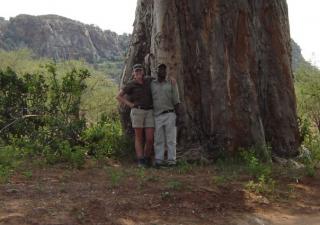



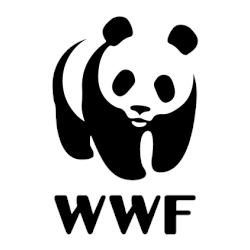
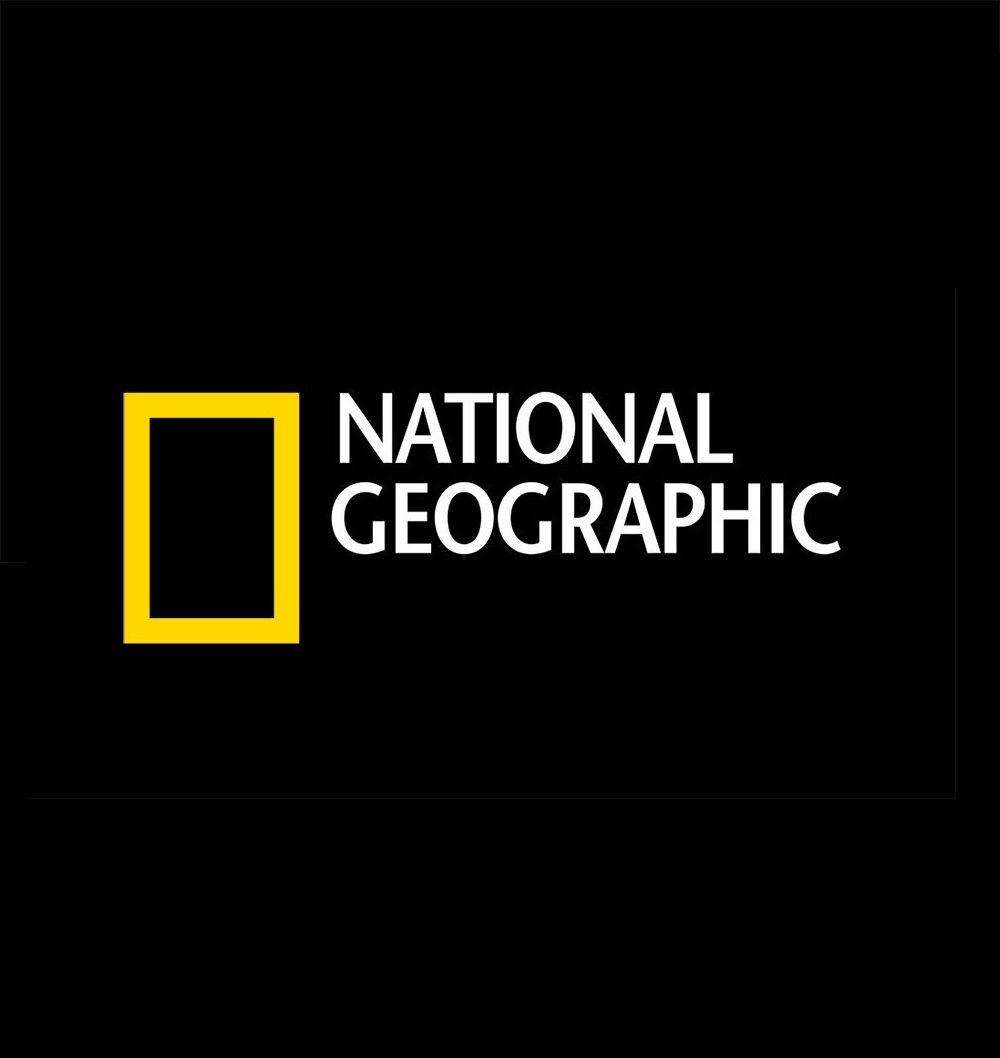
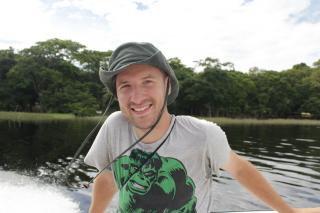





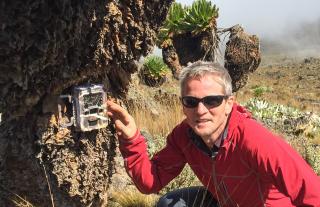

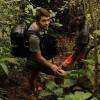


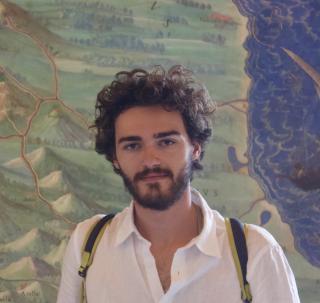
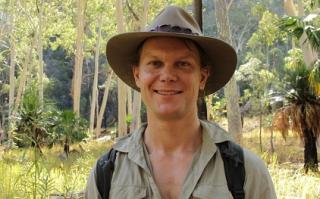




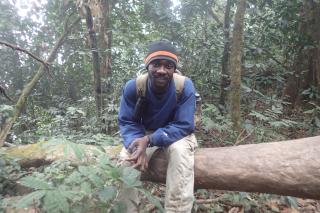



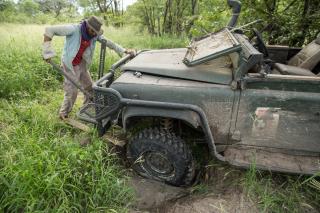



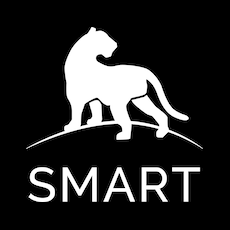
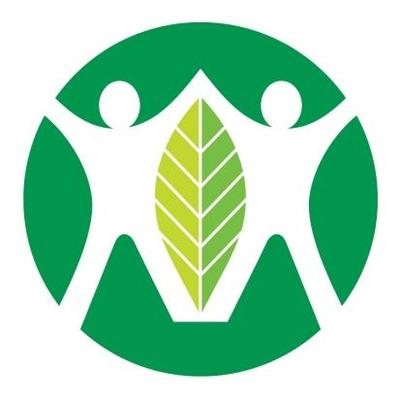




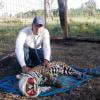

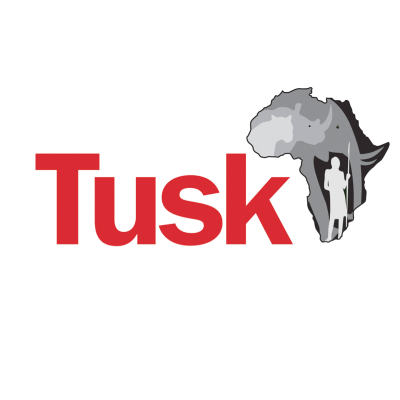
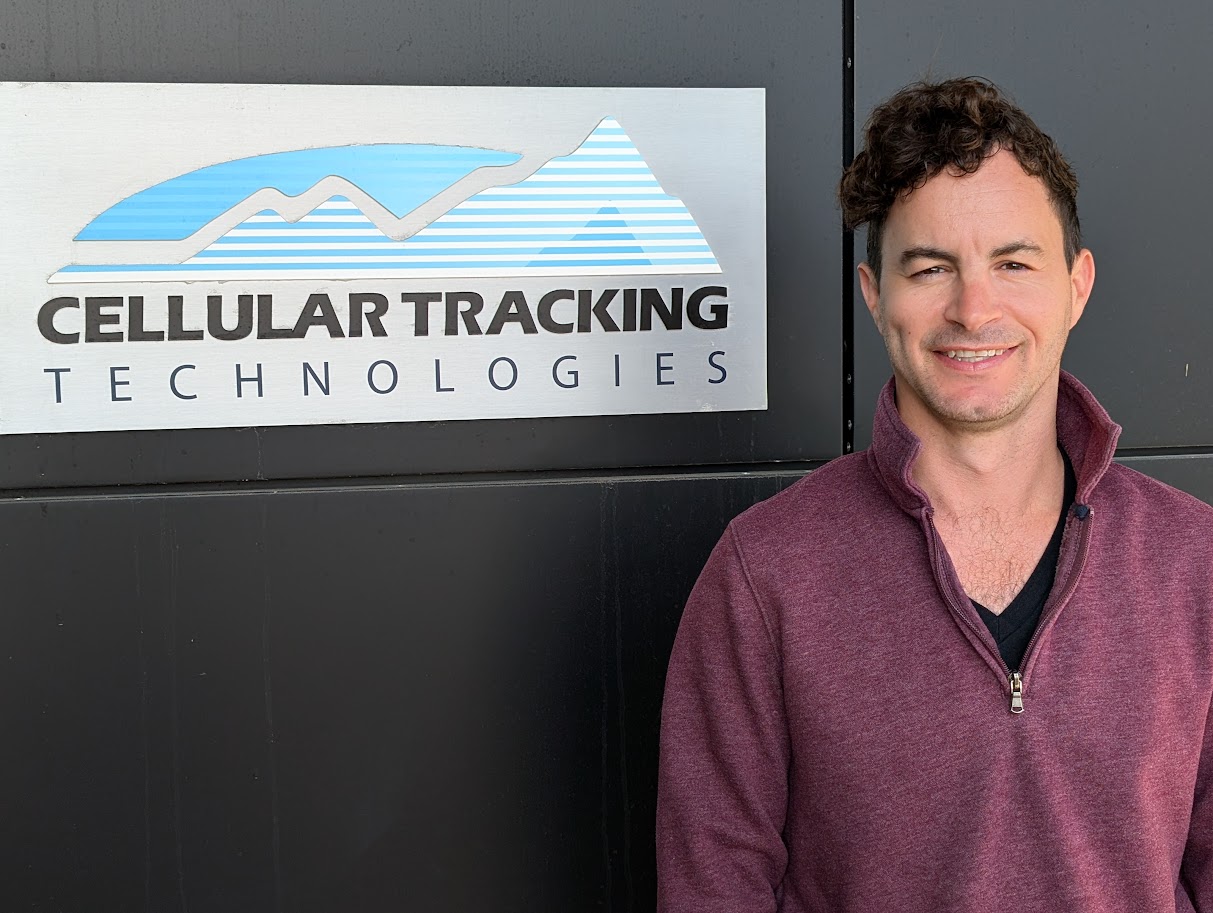



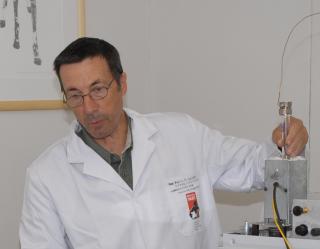



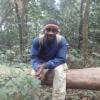
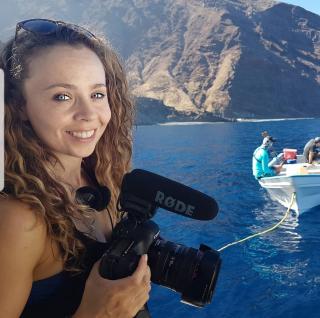
28 April 2020 5:09pm
@Sophie+Maxwell
One point of clarification - Kineis is Argos.
CLS split off the management of the Argos satellite system from itself thereby creating the company called Kineis (a subsidiary of CLS). Kineis' goal was to acquire enough funding ($100m) to launch the 20+ nanosatellites by 2020, and the goal was fully funded a number of months ago. So now it's just a matter of manufacturing the satellites and launching them (one is already in orbit).
I would disagree with your comment about "antenna size issue" with Argos because you can use a patch or a whip antenna. In addition, the whip antenna could be extremely thin and flexible such as using nitinol. With nitinol, for example, you can tie a knot into the antenna, and it would return to its regular state once undone. Of course with a whip antenna you do have a long wire coming out of the tag; however, that can be addressed with a patch antenna for terrestrial applications. Thus, it offers a flexible solution.
I will also add that you can fill in those data gaps and in fact build a "terrestrial-like" network within the Argos framework by deploying a number of the Argos Goniometer stations. In that scenario you would have a tagged rhino transmitting to the Argos satellites, and as you know if a satellite is not overhead the message is lost. However, if there is an Argos Goniometer within range (tens of miles +/-) you will receive that message even if a satellite is not overhead.
One last comment that I'll add is that the power requirements for an Argos transmission are a fraction of what is required from Iridium and/or Globalstar. Right now the lowest power output that I am aware of is 250mW; however, we expect to more than half that when the constellation is launch (70-100mW transmissions). I am not that familiar with some of the new sat tech in regards to transmitter design, output, etc. I suppose the one good thing about having an "old system" is that we know so much more about what can be done and what cannot be done.
Anyways, happy to answer any questions you might have regarding Argos and/or Iridium.